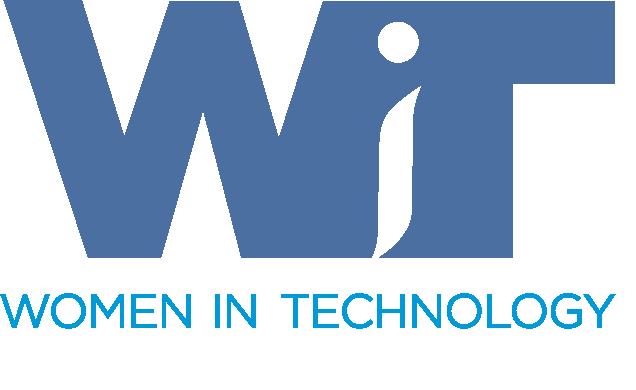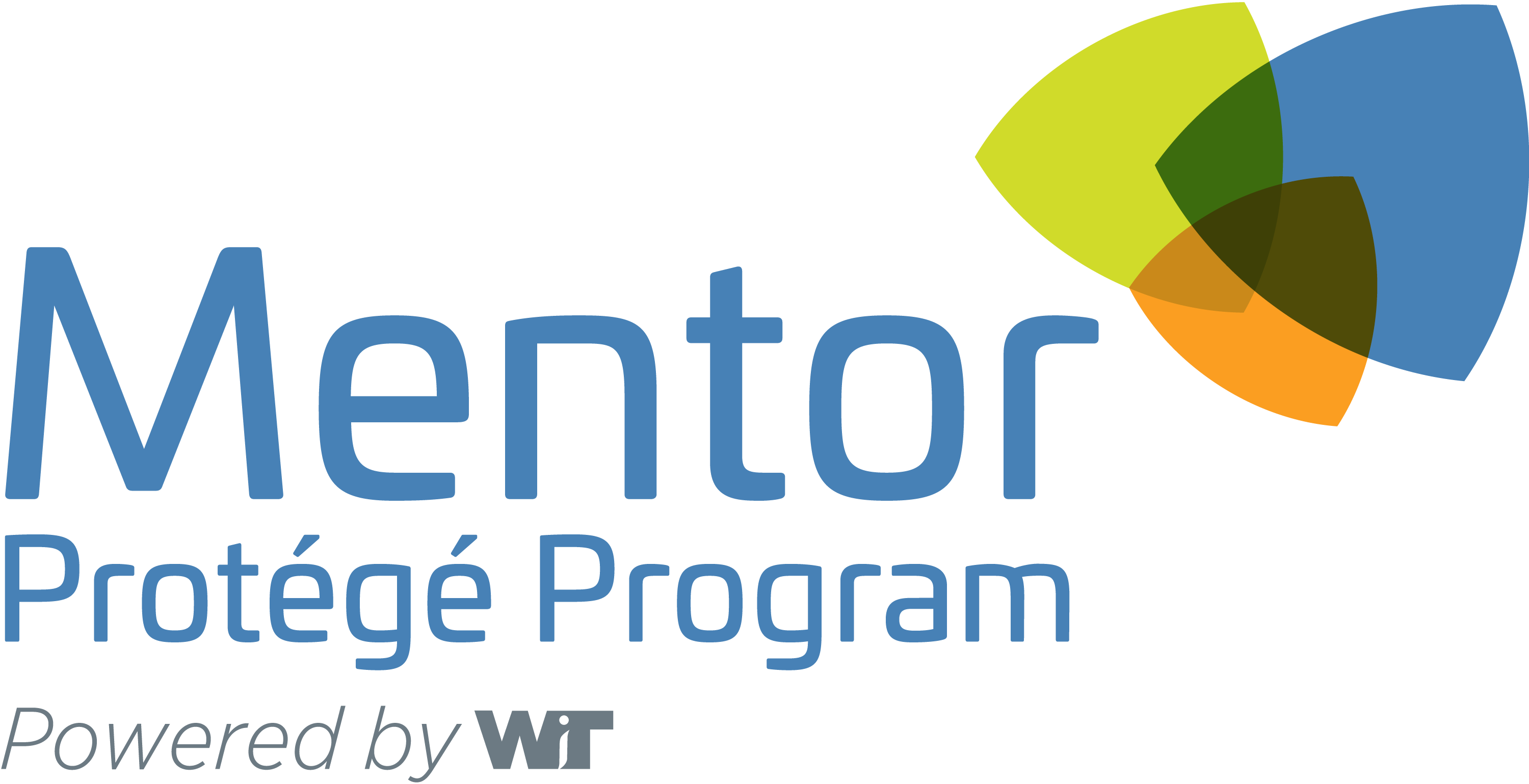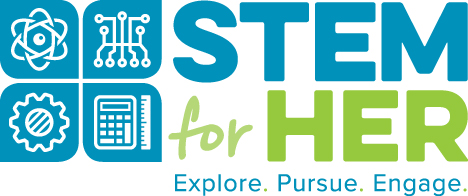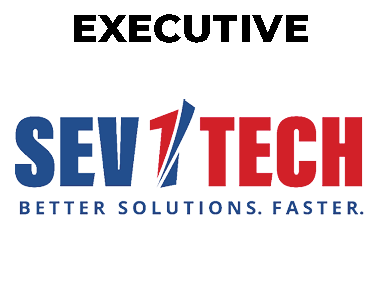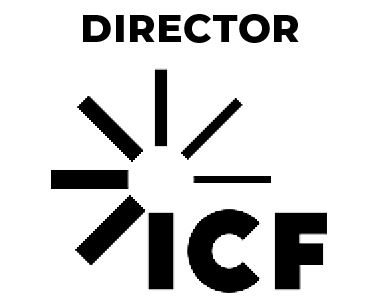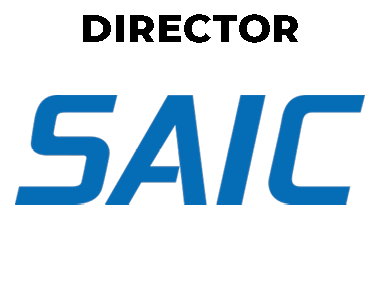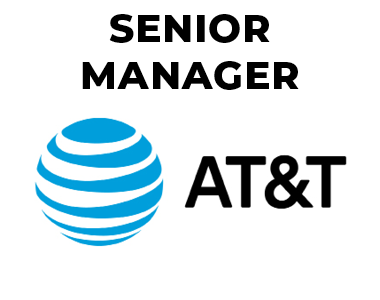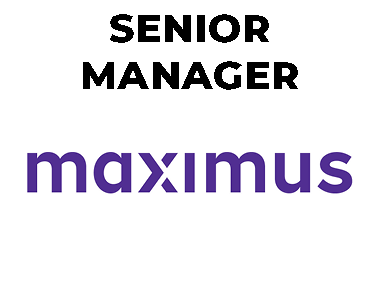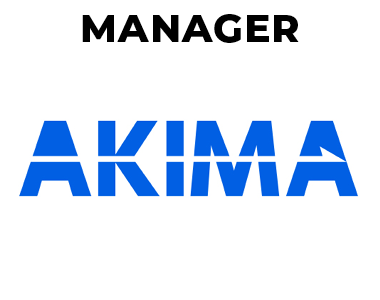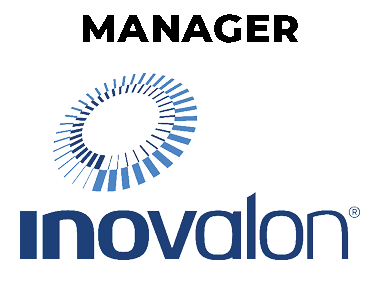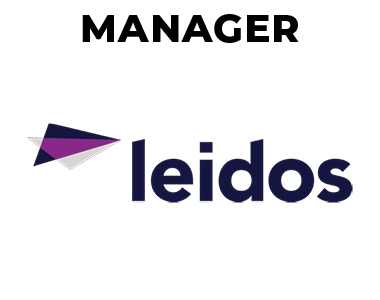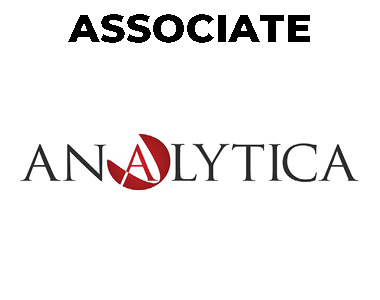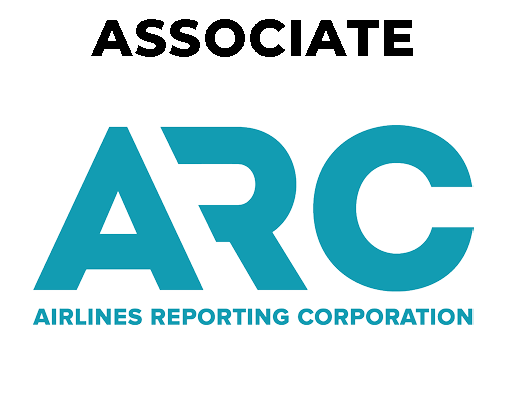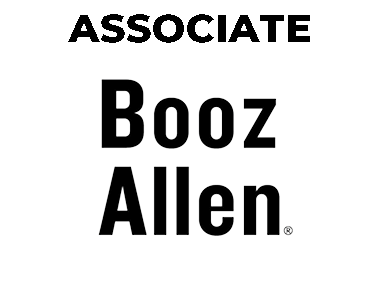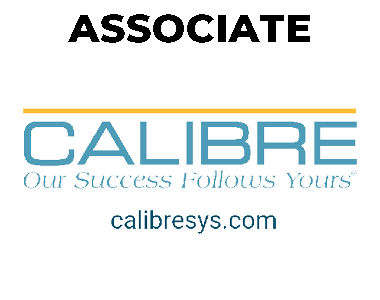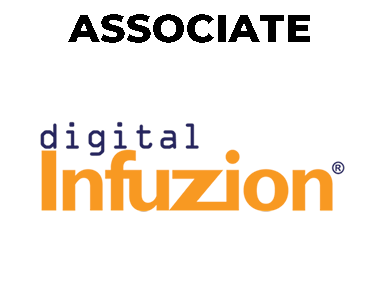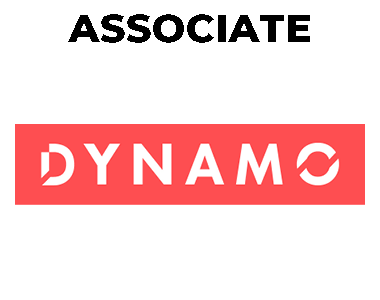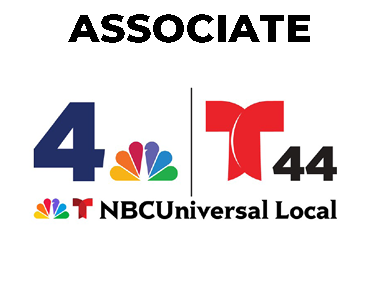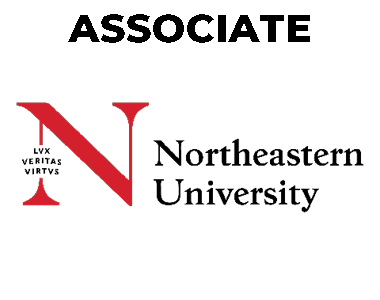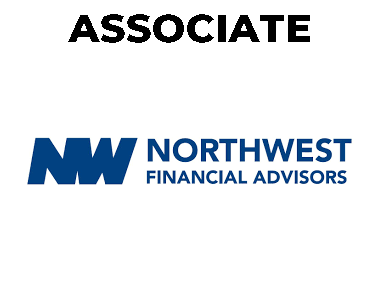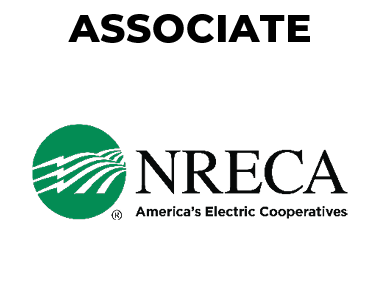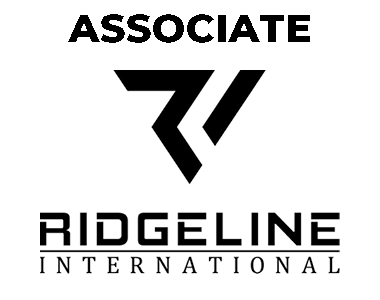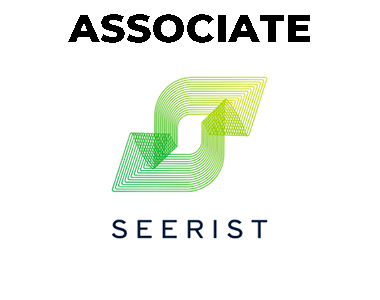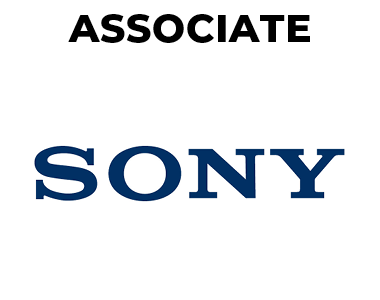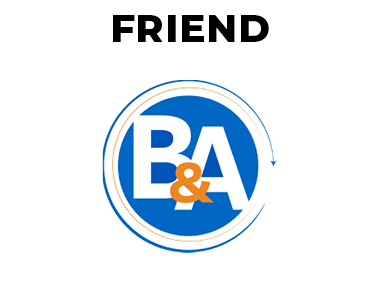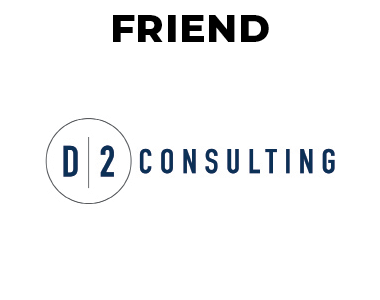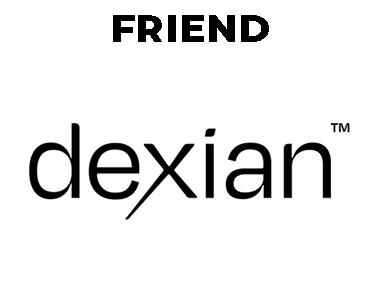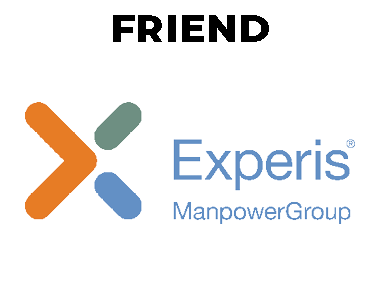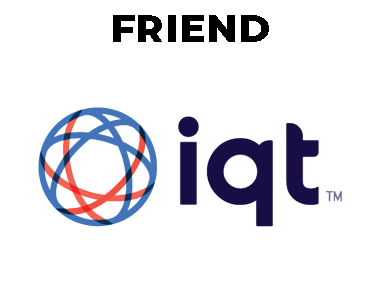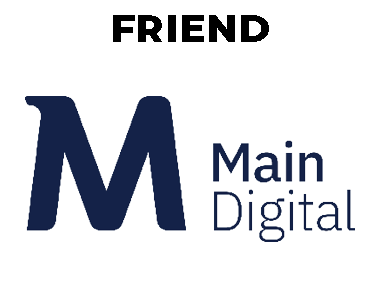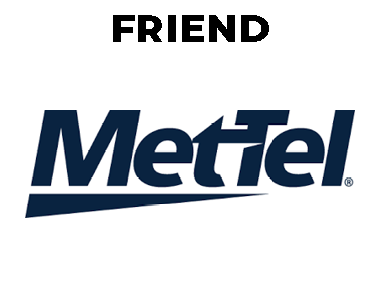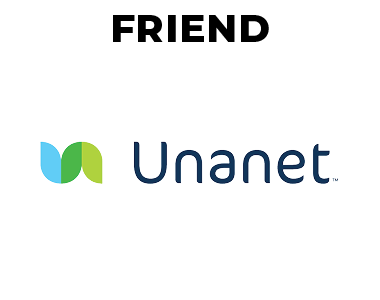-
Empathy, the ability to deeply listen and understand where another is coming from, whether you agree with them or not. Knowing the other’s perspective can help you determine what looks like a win-win from their side.
-
Emotional Self-Awareness/Expression, the ability to be acutely aware of your feelings about the issue at hand, the parties involved, and the outcome, and how displays of emotion can be perceived in a positive or negative light. Displays of anxiety, for example, can weaken your bargaining position or tempt you to close the conversation too early. Just as important, the presence of mind to identify the emotional triggers around the issue that may arise for you and being prepared to recognize and deal with them.
-
Assertiveness, the ability to effectively express feelings & beliefs, and stand up for your personal rights even when faced with opposition. Believing that your side/point of view/needs matters and effectively presenting your case. This is not aggression or bullying which only serves to alienate the other party and stir up a defensive reaction, making it harder to develop a solution all will agree to.
-
Flexibility, the ability to be agile, tolerant, and react to change. Negotiation by its nature, is meant to be a give and take. Those with flexibility and adept at assessing and responding to the shifting feedback they get from their environment. If you approach negotiation with no wiggle room it is likely you will not get an outcome you can live with.
-
Reality Testing, the ability to see things objectively, rather than how we fear or wish them to be.Those with a high reality testing competence are skilled at assessing the environment with an objective lens, keeping their focus on the main issue, and recognizing that all parties view a situation with their own perspective, colored by their experiences and prejudices. Reality testing in negotiation helps balance the ‘head swirl’ of negative emotions which seed doubt and anxiety against the ‘rose-colored glasses’ naiveté that everyone sees things our way.
Jane Maliszewski is an Executive Coach and founder of VAULT Associates, a consulting business providing leader development and organization effectiveness services to technology companies. She often works with leaders who want to develop Emotional and Social Intelligence competency to create positive changes in their professional and personal lives. Jane served 27 years as an officer in the US Army. She has Masters degrees in Business Administration and National Strategy, and advanced professional certification in Leadership Coaching, Organization Development, and Knowledge Management. Jane is a WIT Board member and Chair of the WIT Programs Committee. Favorite things -- besides helping people achieve their potential! -- are cooking and adventure travel.
